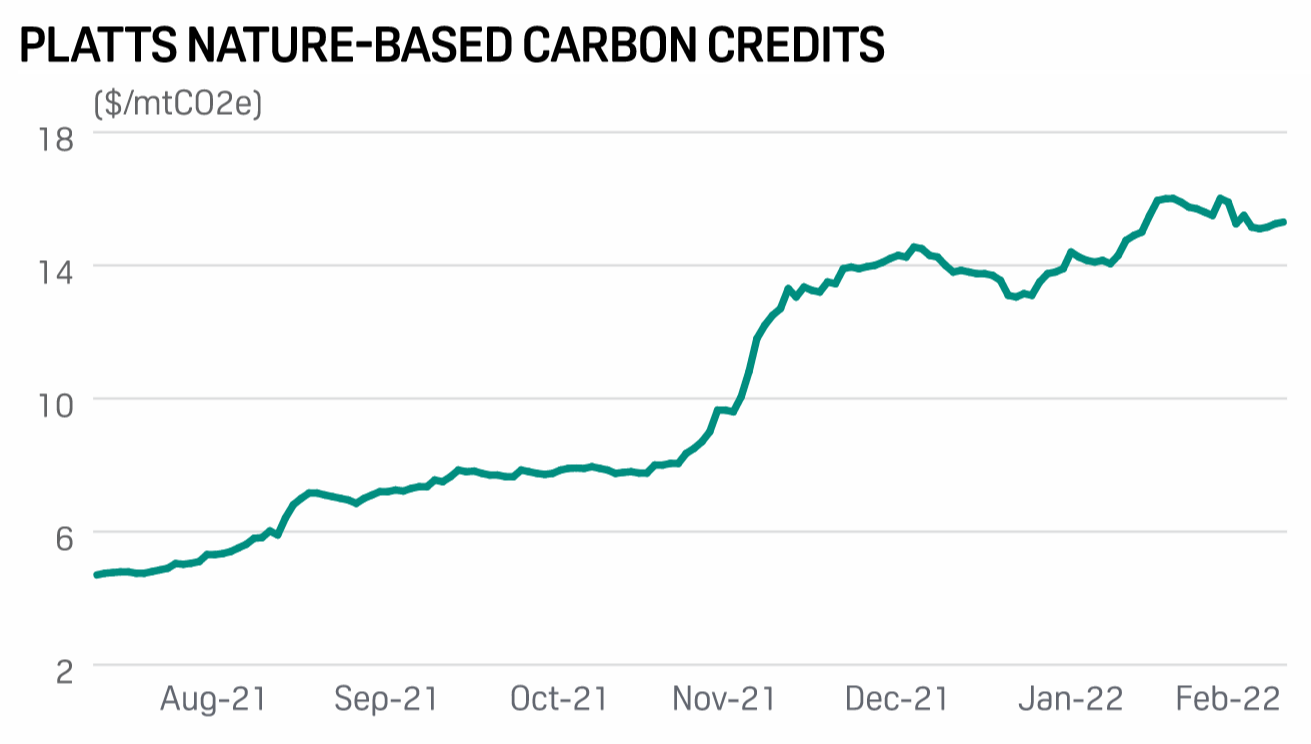Migrants workers have been a dominant feature of the economies of Malaysia, Singapore, and Thailand, with especially strong reliance on massive flows of workers in sectors like construction and agriculture; and their role permeates other sectors too. Asia has seen big flows of workers and we expect some changes as the post-Covid recovery drives policy shifts. We focus on Malaysia’s palm oil sector as a major destination for migrant workers and a scenario for competition from Taiwan and Australia agriculture with a strongly pro-labour compliant Indonesia considering requests for migrant workers.
Malaysia palm oil issues, challenging Indonesia rules, others will reform
Indonesian migrant workers have been greatly depended on by Malaysia plantations and they are they are also the core of the country’s construction sector skilled labour force. Indonesia has been moving to protect the interest of its migrant workers, especially domestic workers where abuse cases have caused much concern. An expert notes especially the struggle to get judgment against errant employers, even in some extreme cases. Labour specialists tell us that this is due to very strict interpretations by Malaysian judges and this is seen as a rather awkward technical legal problem.
There has been less concern from Indonesia about agricultural and other economic sector workers; we think for rather practical and obvious reasons—they work together in larger groups, in formal and informal settings. With the shortage of labour in Malaysia, employers are bidding and paying up and according to work hours and overtime, and Malaysia implementation of regulations on working conditions are improving, and employers have been talking about the higher costs.
However, the recent 2022 US Trafficking in Persons or TIP report still ranks Malaysia low. It is looking for stronger statistical evidence of implementation including investigations and prosecutions. The treatment of migrant workers by local law enforcement has been notorious and widely discussed in Malaysia but with so-far limited political will for change.
And there is a huge number of undocumented workers. After years covering this topic, we realise that a big “tell” is the discussion about daily wages rather than monthly wages or earnings for migrant workers. Other issues are worker safety, excessive overtime, living conditions and another forced labour issue, the cost of recruitment. These are official and customary costs; some companies deem the latter as illegal or corruption and this reduces the amount that they are willing to pay for restitution or reparation on recruitment cost. This seems to drive the sub RM5,000/migrant worker offered by some palm oil companies versus average toward RM15,000 offered by some rubber glove companies. But it is widely thought that migrant worker do NOT face significant total cost differences based on which economic sector they end up in.
Workers are still moving internationally in the millions, hoping for higher wage and a big pot of savings, and many achieve this and this demonstration effect drives others to do so. But for those who fail in their quest the outcome is sad and it can even be tragic. A few years ago, I was told by a plantation labour specialist that suicides happen before a worker’s term is up and due to go home, and he realises he has not saved enough. These figures are said to be unreported and in the last 15 years, I’ve not observed this being discussed at an industry level.
Importantly, there has been a drive for legislation and regulation to protect migrant workers, including in labour supply countries like Indonesia and Bangladesh. And more will do so, especially in light of increased international competition for migrant workers. At the implementation stage, it is a great time for supply countries to leverage demands on behalf of their workers.
On the demand side, we see the regional competition for agricultural workers rising and expanding. We expect the Covid recovery to drive change toward a more formal and compliant agricultural labour supply.
While Western markets have been worried about labour standards in supply markets such as Malaysia palm oil; their own farm sectors have been notoriously reliant on informal seasonal labour with substandard conditions, e.g. third world-like agricultural worker slums in Spain reported in The Guardian and other news media. This should be gradually cleaned up at labour destinations and we look to Taiwan and Australia as agricultural product export case studies, but we think continental EU and US might still lag as much of their produce is consumed domestically.
The restart of mass cross-border people movement has been used by key labour origins to bargain for better labour standards implementation, notably for Indonesia. The political-economic landscape is changed with the agro-commodity price boom—albeit with major price swings—and those who have had a relatively easy time sourcing massive amounts of migrant workers should wake up to better compliance and new competition.
Read Part 2 about the outlook for demand for Southeast Asian migrant workers from Australia and Taiwan.
Reach us at khorreports[at]gmail.com














